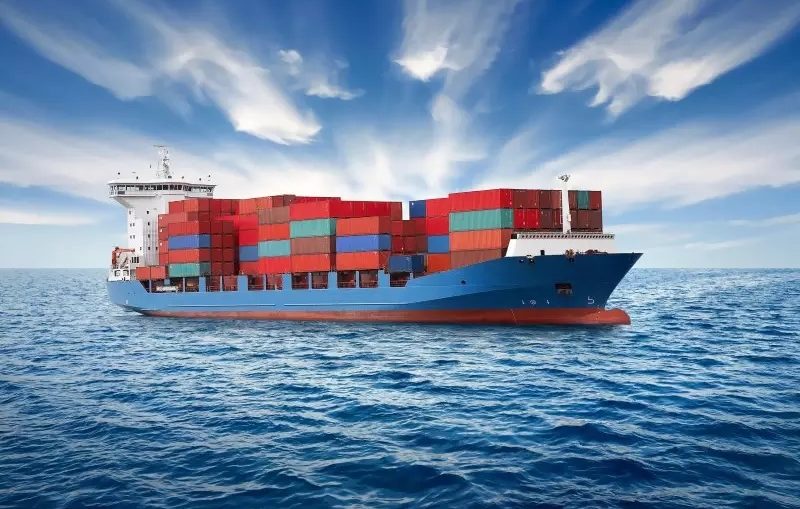
Singapore is one of the world’s busiest ports for shipping and freight forwarding. It is home to some of the world’s major shipping firms. If you want to transport your goods to or from Singapore, you’ll need to understand the ins and outs of Singapore freight forwarding.
History of Shipping and Freight Forwarding in Singapore
For centuries, shipping and freight forwarding have been a vital aspect of the Singaporean economy. The first recorded shipment of products from Singapore to another country was a consignment of pepper to Indonesia in 1613. Shipping and freight forwarding has grown in importance in the Singaporean economy over time, playing an essential role in the country’s trade and commerce.
In Singapore, it is becoming a highly sophisticated and complex sector. Container shipping, air cargo, and international courier services are among the companies that operate in this area. A number of major international freight forwarders, such as DHL, UPS, FedEx, and TNT, are also based in the sector.
How does Shipping and Freight Forwarding Work?
Moving items from one location to another is basically how it works. This can be accomplished in a few ways, including by air, sea, or land. Anywhere in the world, it can be utilized to transport commodities.
What are the Advantages of Shipping and Freight Forwarding?
They can provide a number of advantages for businesses. These include the ability to move goods quickly and efficiently, as well as the ability to track shipments and ensure that they arrive on time. Additionally, freight forwarding can help businesses reduce costs associated with shipping and storage, as well as improve their overall security.
Geopolitical obstacles for global Trade
Global s impacted by geopolitical obstacles such as the Strait of Malacca and the South China Sea. The Strait of Malacca is a shipping chokepoint that has been the site of territorial disputes between Malaysia and Indonesia. The South China Sea is home to a number of territorial disputes, including those between China, Taiwan, the Philippines, Vietnam, and Brunei. These disputes have led to restrictions on maritime activity and increased shipping costs.
In recent years, disputes between countries in the maritime sphere have led to restrictions on maritime activity and increased shipping costs. In June 2017, for example, China announced that it would restrict maritime traffic within a certain area in the South China Sea in response to disputes with neighboring countries over sovereignty in the area. This move increased shipping costs as vessels had to travel further to reach their destinations. In addition, disputes between countries in the maritime sphere have also led to restrictions on maritime traffic in other parts of the world. For example, in 2016, Russia blockaded Crimea after the region voted to become part of Ukraine. This restriction led to a decrease in maritime traffic as vessels were unable to reach Crimea.
What are the Disadvantages of Shipping and Freight Forwarding?
However, it does have a number of drawbacks. The first drawback is that it can be costly. The second disadvantage is that it may take a long time to complete. The third issue is that tracking shipments might be challenging.
When selecting shipping and freight forwarding, there are several aspects to consider, including:
- Size of company
- Location
- Service level
Commercial freight forwarding can be a complex process but with the right knowledge, you can make it a lot easier. Make sure to choose the right freight forwarder like Interfreight Linc for your goods!
